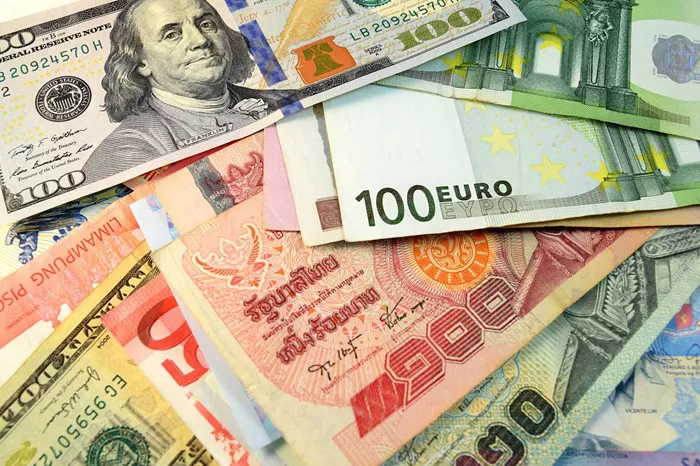The Singapore dollar is on track to reclaim its position as Asia’s top-performing currency for the third consecutive year, as expectations rise for the central bank to maintain its firm exchange rate policy to combat inflation. Currently ranked third in the region for 2024, trailing behind the Hong Kong dollar, which is pegged to the US dollar, and the Indian rupee, the Singapore dollar is steadily closing the gap. This shift is fueled by speculation that persistent inflationary pressures will lead the Monetary Authority of Singapore (MAS) to uphold its appreciating exchange rate policy in its upcoming review on Friday.
Alex Loo, a macro strategist at TD Securities, forecasts continued outperformance for the Singapore dollar in the latter half of the year. “We anticipate that SGD will remain strong as MAS is unlikely to significantly alter the slope of the S$NEER policy band this year,” Loo stated. “The appreciation trajectory of the policy band, coupled with rising growth momentum and an upswing in global trade, should enhance the SGD’s attractiveness to investors.”
The MAS relies on the exchange rate as its primary monetary policy tool, allowing the Singapore dollar to appreciate against major trading partner currencies to address inflationary pressures. The central bank monitors the currency’s nominal effective exchange rate (S$NEER), which is permitted to fluctuate within a specified policy band.
According to a Bloomberg survey, Singapore’s core inflation is expected to have moderated to 3% in June, with predictions pointing to a reduction to approximately 2% next year, barring additional economic shocks, as indicated by MAS Managing Director Chia Der Jiun last week.
The strong economic growth outlook further supports the MAS’s strategy of maintaining the currency’s appreciation. Singapore’s GDP expanded by 2.9% in the second quarter, surpassing expectations. The MAS anticipates the economy will grow towards the higher end of its 1%-to-3% forecast range for the year, despite ongoing geopolitical uncertainties and elevated global interest rates.
While the Hong Kong dollar has led the region in performance this year, it faces potential vulnerability due to the increased likelihood of a Federal Reserve rate cut. Similarly, the Indian rupee, currently in second place, is showing signs of weakness, trading near a record low against the US dollar.
Moh Siong Sim, a foreign-exchange strategist at Bank of Singapore, notes that Singapore’s robust GDP performance in Q2 2024 reduces the urgency for MAS to ease monetary policy, given persistent inflation. “We expect the SGD to maintain its resilience compared to most Asian peers, especially in the face of potential renewed strength in the USD leading up to the US election,” Sim concluded.


